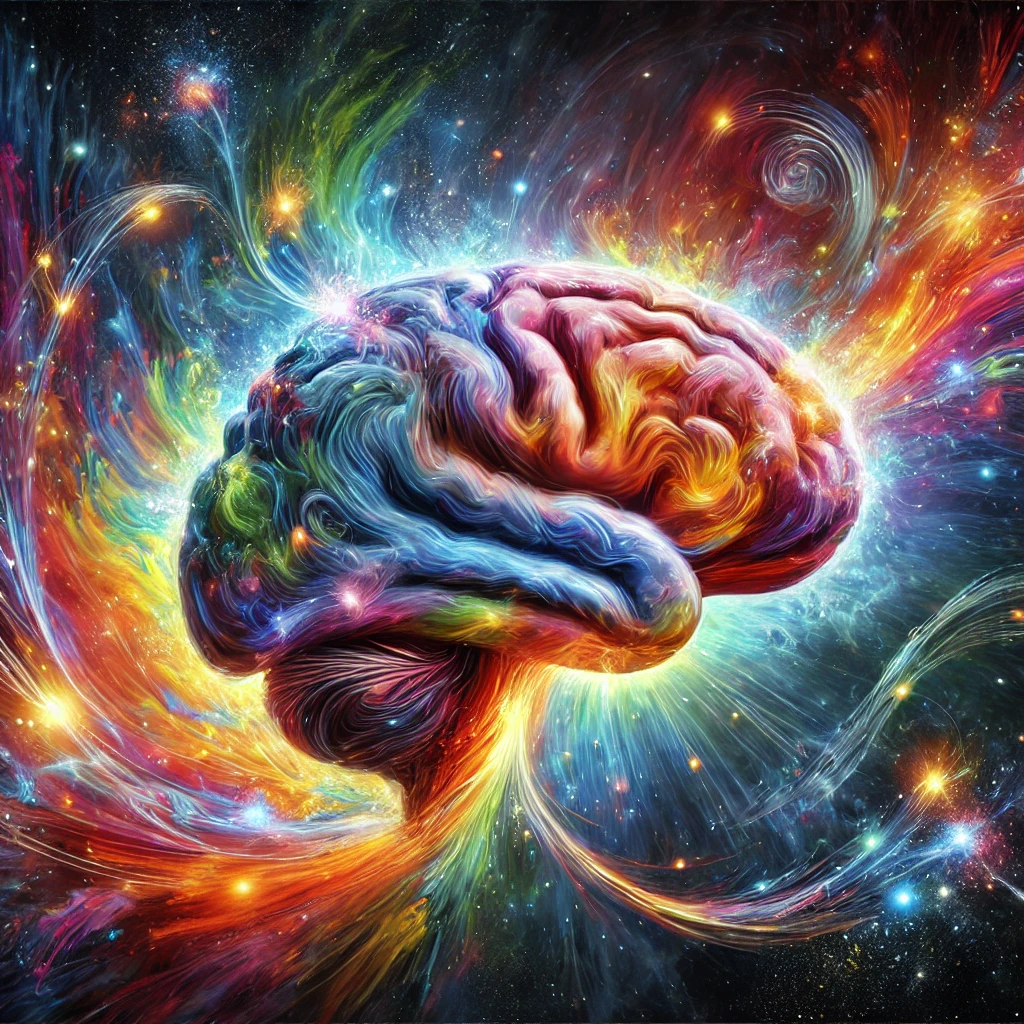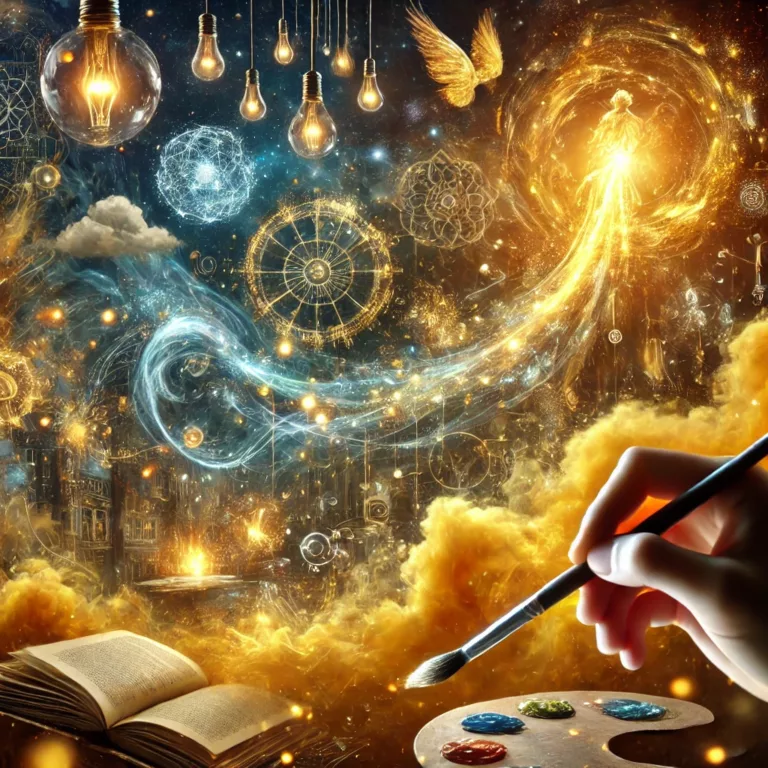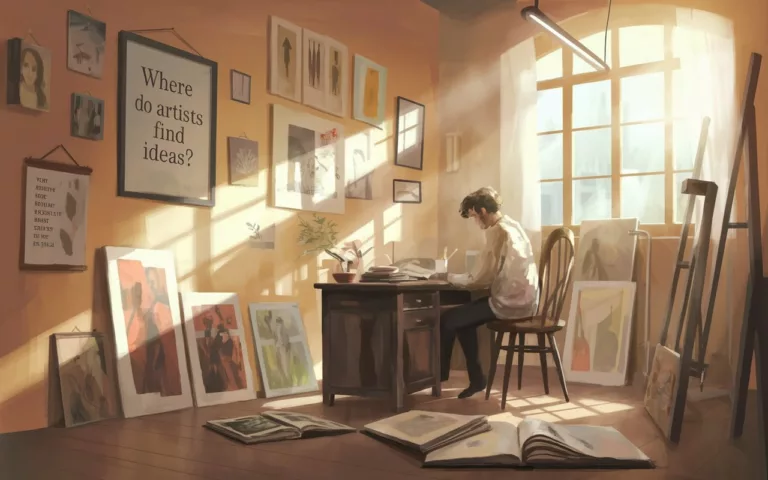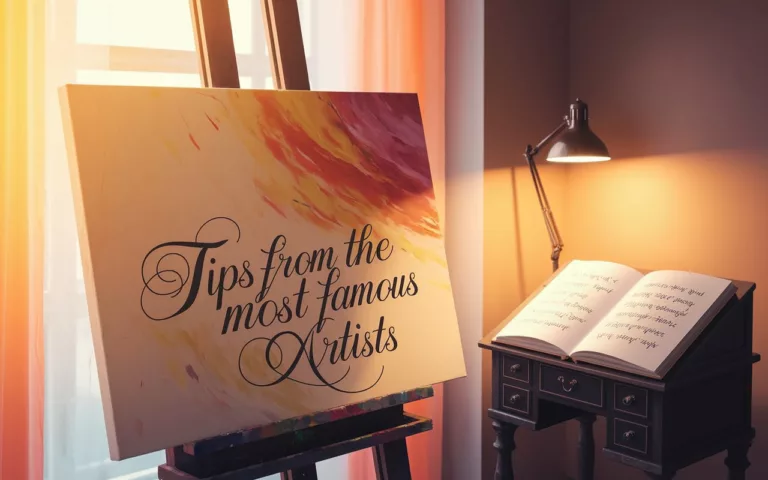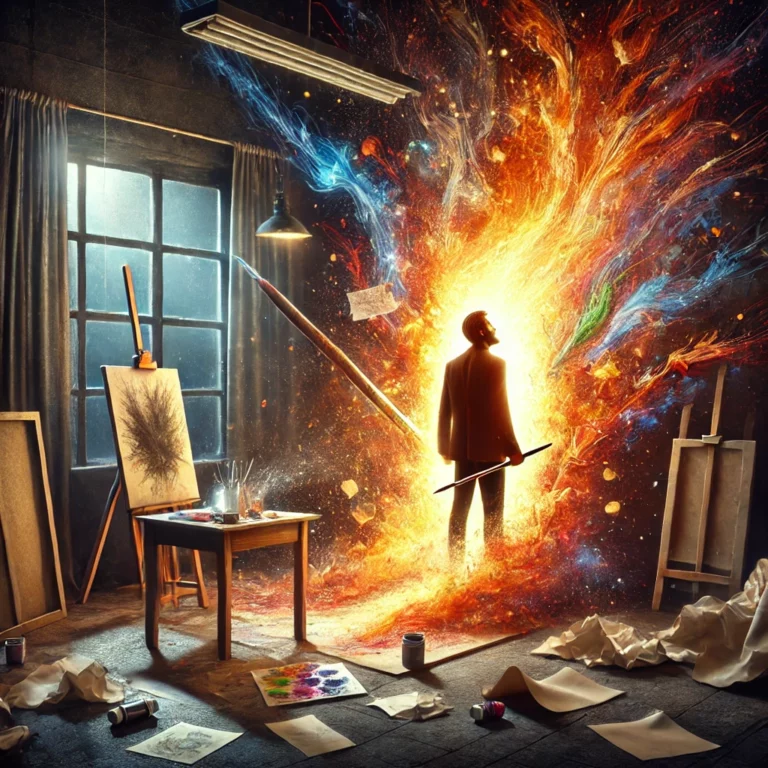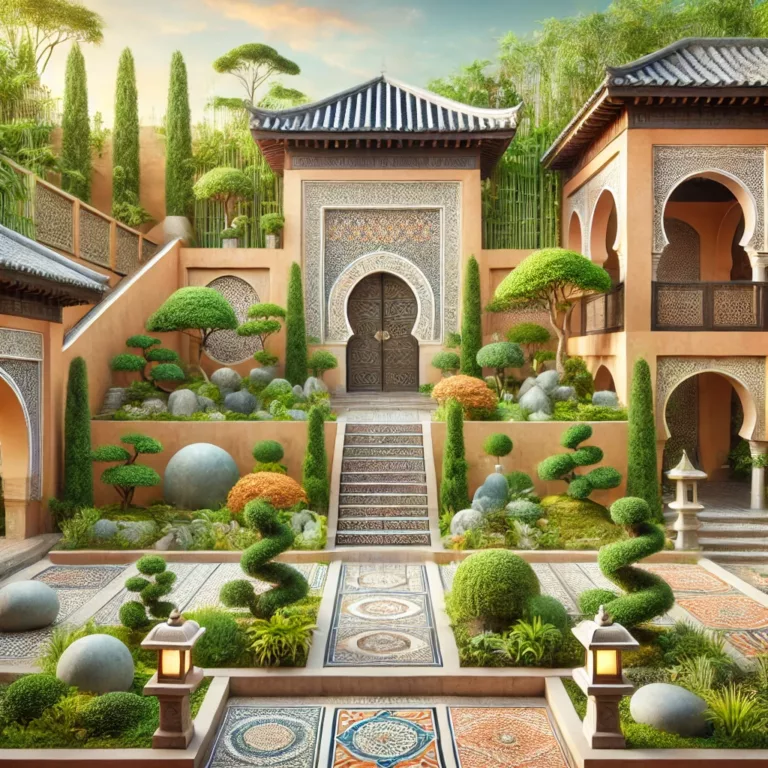Neuroplasticity and Art: How Inspiration Reshapes the Creative Mind
The Brain as a Living Canvas
Neuroplasticity the brain’s remarkable ability to rewire itself in response to experience has revolutionized our understanding of human potential. For artists, this dynamic process is not just biological trivia but the very foundation of creativity. Every brushstroke, melody, or metaphor leaves a neural imprint, shaping the mind’s architecture as profoundly as a sculptor molds clay. This article explores how artistic inspiration and practice harness neuroplasticity to forge new pathways, transcend creative limits, and redefine what it means to be an artist. From the synaptic dance of skill acquisition to the transformative power of trauma, we unravel the science behind the creative renaissance of the brain.
I. The Neuroscience of Creative Adaptation
1.1 The Plastic Brain: A Primer
Neuroplasticity operates at multiple levels:
- Structural Plasticity: Physical changes in neuron density and dendritic branching, observed in MRI studies of musicians’ auditory cortices.
- Functional Plasticity: Repurposing brain regions, such as blind painters developing heightened tactile-visual integration in the occipital lobe.
- Synaptic Plasticity: Strengthening or weakening neural connections via Hebbian learning (“cells that fire together, wire together”).
Key Players:
- BDNF (Brain-Derived Neurotrophic Factor): A protein that supports neuron growth, elevated during creative flow states.
- Glutamate: The neurotransmitter driving synaptic plasticity, critical for learning complex skills like oil painting or jazz improvisation.
1.2 The Creative Brain in Action
- Default Mode Network (DMN): Activated during imagination and mind-wandering, artists like Salvador Dalí exploited hypnagogic states (between wakefulness and sleep) to access surreal imagery.
- Dorsolateral Prefrontal Cortex (DLPFC): Suppressed during improvisation, as shown in fMRI studies of freestyle rappers, reducing self-censorship.
- Motor Cortex: Rewired through repetitive practice e.g., calligraphers developing “muscle memory” for precise brushwork.
Case Study: Violinist Yo-Yo Ma’s recovery from a hand injury illustrates neuroplasticity; by retraining his motor cortex with alternative techniques, he regained virtuosic skill.
II. Inspiration as a Neural Catalyst
2.1 The Spark: How Novelty Rewires the Brain
- Dopaminergic Pathways: Exposure to new stimuli (e.g., travel, art exhibitions) triggers dopamine release, enhancing cognitive flexibility.
- Cross-Modal Plasticity: Synesthetes like Wassily Kandinsky experienced sound as color, a fusion of auditory and visual cortices reflected in his abstract compositions.
Example: David Bowie’s Berlin era (1976–1979) immersed in German Expressionist art and electronic music rewired his creative output, yielding albums like Heroes.
2.2 Emotional Resonance and Neural Reorganization
- Amygdala-Hippocampus Axis: Intense emotions (e.g., grief, love) strengthen memory encoding, allowing poets like Pablo Neruda to crystallize feeling into verse.
- Trauma and Transformation: Frida Kahlo’s spinal injury confined her to bed, intensifying her focus on self-portraiture and reshaping her parietal lobe’s spatial processing.
Quote: “Painting completed my life.” Frida Kahlo
2.3 Mirror Neurons: The Neuroscience of Empathy in Art
- Empathic Resonance: Observing art activates mirror neurons, allowing viewers to “feel” a dancer’s leap or a tragedian’s sorrow.
- Collaborative Creation: Jazz ensembles synchronize neural activity (studied via hyperscanning), creating a “group mind” during improvisation.
III. The Alchemy of Practice: Skill as Sculpted Synapses
3.1 Deliberate Practice and Myelin Sheath Development
- White Matter Plasticity: Repeated practice increases myelination, speeding signal transmission in skills like piano playing (see 2013 Nature Neuroscience study on pianists).
- 10,000-Hour Myth Debunked: Quality trumps quantity; abstract painters like Hilma af Klint achieved mastery through experimental iteration, not rote repetition.
3.2 The Role of Failure
- Error-Driven Learning: Mistakes activate the anterior cingulate cortex, refining future attempts. Sculptor Auguste Rodin destroyed countless drafts before The Thinker emerged.
- Grit and Growth Mindset: Carol Dweck’s research aligns with artists like James Turrell, who spent 50 years transforming a volcanic crater into the Roden Crater artwork.
3.3 Neuroaesthetics: When Beauty Rewires the Brain
- Aesthetic Chills: fMRI scans reveal that profoundly moving art activates the nucleus accumbens, a reward center, and the insula, linked to self-awareness.
- Universal vs. Subjective: While Mondrian’s geometric abstracts appeal to our innate preference for symmetry, Francis Bacon’s distorted figures challenge viewers to tolerate ambiguity.
IV. Case Studies: Neuroplasticity in Artistic Evolution
4.1 Claude Monet: Vision Loss and Impressionist Innovation
- Cataracts and Color Perception: Monet’s deteriorating vision (1912–1922) altered his cortical processing of light, leading to the ethereal abstractions of Water Lilies.
- Adaptive Neuroplasticity: His brain compensated by amplifying contrast and movement sensitivity, mirroring Impressionism’s essence.
4.2 Phil Hansen: Embracing Tremors as a New Medium
- Neurological Damage: A hand tremor from nerve damage forced Hansen to abandon pointillism.
- Plastic Renaissance: By adopting macro-scale, kinetic techniques (e.g., karate-chopped charcoal), he reshaped his artistic identity, proving constraints fuel innovation.
4.3 Laurie Anderson: Syncing Music and Neurotechnology
- Brainwave Compositions: Anderson’s The Nerve Bible (1995) incorporated EEG data into soundscapes, translating neural oscillations into art.
- Bionic Integration: Her post-stroke use of aphasia apps to recover speech mirrors neuroplastic principles.
V. Overcoming Creative Barriers: Rewiring Resistance
5.1 Breaking Neural Ruts
- Cognitive Flexibility Training: Surrealist games (e.g., Exquisite Corpse) disrupt habitual thinking patterns.
- Neurofeedback: Artists like Mariko Mori use real-time brainwave displays to consciously alter creative states.
5.2 Healing Through Art: Neuroplasticity in Therapy
- Art Therapy for PTSD: Creating visual narratives reprocesses traumatic memories, reducing amygdala hyperactivity (2017 Journal of Trauma & Dissociation study).
- Parkinson’s and Dance: Dance movement therapy improves motor cortex connectivity, as seen in the Mark Morris Dance Group’s Dance for PD program.
5.3 Aging and the Plastic Creative Mind
- Late-Life Mastery: Louise Bourgeois’ monumental Maman sculptures were created in her 80s, defying age-related neural decline.
- Cognitive Reserve Theory: Lifelong artistic engagement builds resilience against dementia, per 2020 Neurology research.
VI. The Future: Neuroplasticity in the Digital Age
6.1 AI and Neural Co-Creation
- Generative Adversarial Networks (GANs): Refik Anadol’s Machine Hallucinations series trains AI on neural data to create fluid digital art.
- Ethical Frontiers: Debates on AI’s role in art echo neuroplasticity’s core question: Does the creator’s identity reside in biology or output?
6.2 Virtual Reality (VR) as a Plasticity Tool
- Embodied Learning: VR platforms like Tilt Brush allow artists to “paint” in 3D space, enhancing spatial reasoning and motor cortex engagement.
- Neuro-Inclusive Design: VR galleries democratize access for neurodivergent artists, fostering new creative ecosystems.
6.3 Biohacking the Creative Brain
- Transcranial Magnetic Stimulation (TMS): Experimental use to boost DMN activity in blocked writers.
- Nootropics and Creativity: Microdosing LSD (inspired by 1960s pioneers like Cary Grant) remains controversial yet underexplored scientifically.
Conclusion: The Never-Ending Masterpiece
Neuroplasticity reveals that the artist’s mind is neither fixed nor finite. Every inspiration, every stroke of genius, is a testament to the brain’s boundless capacity for reinvention. As technology and biology converge, the next creative revolution lies not in new tools but in our ability to reimagine the very organ that imagines.
Call to Action:
- Embrace Novelty: Seek experiences that challenge your neural status quo.
- Reframe Failure: Each “mistake” is a synaptic opportunity.
- Collaborate Across Disciplines: Merge art, science, and tech to ignite plastic potential.
- Create to Heal: Recognize art as both mirror and sculptor of the brain.
In the end, neuroplasticity teaches us that creativity is not a gift but a dialogue a lifelong conversation between the mind and the world it seeks to transform.
Art11deco

